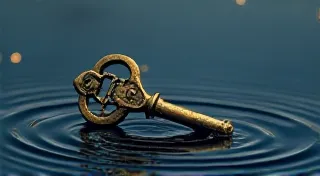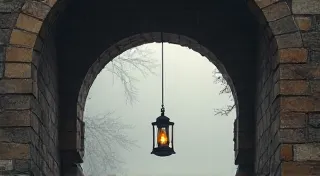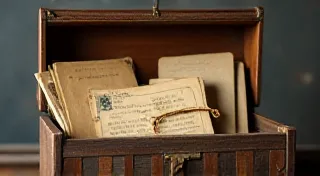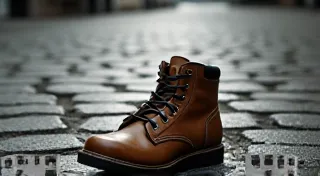The Alchemist's Touch: Repurposing Vintage Sewing Machine Feet into Contemporary Crafting Tools
There’s a certain poetry to holding an antique sewing machine foot. It’s not just metal and engineering; it’s a tangible connection to generations of creators, to the quiet hum of domestic industry, to the stories woven into fabric across decades. These small, often overlooked tools are miniature testaments to ingenuity, crafted with a level of detail rarely seen in today’s mass-produced world. I remember finding a box of these at an estate sale years ago, a jumbled collection of brass and steel, each piece whispering a forgotten narrative. That initial curiosity sparked a journey – a fascination with not just their function, but their potential.
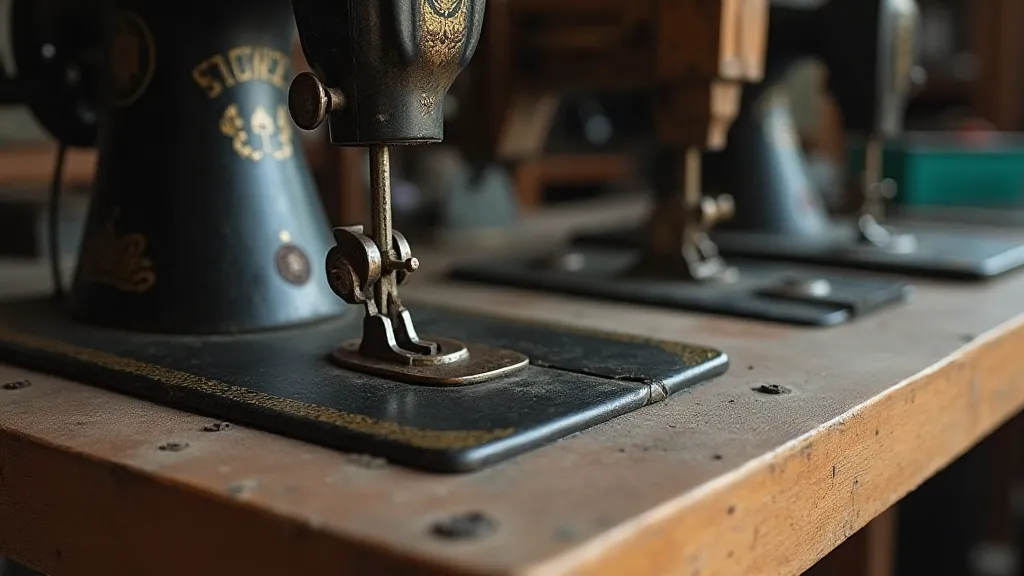
Whispers of the Past: A Brief History of the Humble Foot
The history of the sewing machine foot is intrinsically linked to the evolution of the sewing machine itself. Early machines, like those pioneered by Elias Howe and Isaac Singer, used rudimentary feet – essentially flat plates of metal. As sewing machines evolved, so did the feet. The introduction of specialized feet – buttonholes, embroidery, darning – reflected the growing demands of both home sewers and burgeoning garment industries. The late 19th and early 20th centuries witnessed an explosion of foot designs, driven by innovation and the desire to simplify and enhance the sewing process. Think of the meticulous crafting involved: the precisely cut steel, the delicately engraved markings, the careful balancing of weight and functionality. These weren’t just manufactured; they were made, each bearing the subtle mark of the craftsman’s hand.
The decline of domestic manufacturing in the mid-20th century led to the phasing out of many specialized feet, and the rise of less expensive, mass-produced alternatives. Many older feet were simply discarded, ending up in boxes in attics or sold at flea markets and antique stores. It’s a bittersweet thought – these tools, designed to create, were themselves cast aside.
Beyond Sewing: A New Creative Life
But these discarded treasures aren't destined for oblivion. Their sturdy construction, unique shapes, and inherent artistic quality offer a world of possibilities beyond their original purpose. To me, repurposing them feels like a small act of redemption, breathing new creative life into objects that have carried so much history. It’s like being an alchemist, transforming base metal into something beautiful and useful in a completely different context.
The possibilities are genuinely endless. Take, for instance, a simple presser foot – its flat, rectangular shape is perfect for stamping intricate patterns into clay or mixed media surfaces. The curved edge of a satin stitch foot can be used to create unique textures in metal clay. The pointed tip of a zipper foot lends itself beautifully to intricate detailing in resin art. A darning foot, with its distinctive rocking motion, can be incorporated into kinetic sculptures, adding a subtle, mesmerizing movement.
I’ve personally found that the varied sizes and shapes inspire unexpected ideas. A large, ornate foot might become the focal point of a steampunk-inspired necklace. A small, delicately etched foot could be embedded in a piece of polymer clay, creating a miniature window into another world. The possibilities truly are only limited by your imagination.
Understanding the Feet: Identification and Condition
Before embarking on your repurposing journey, a little understanding of the different foot types is helpful. Identifying antique sewing machine feet can be challenging, as markings are often faded or missing entirely. However, observing the shape, size, and any remaining features can provide clues. Early presser feet were generally simpler in design, while later feet often incorporated more complex mechanisms and decorative elements.
Common types include: straight stitch feet (the most basic and versatile), buttonhole feet, embroidery feet (often with a smaller needle plate), darning feet, zipper feet, and a wide variety of specialized presser feet designed for specific tasks like gathering, ruffling, or blind hemming. Resources online, particularly forums dedicated to vintage sewing machines, can be invaluable for identification.
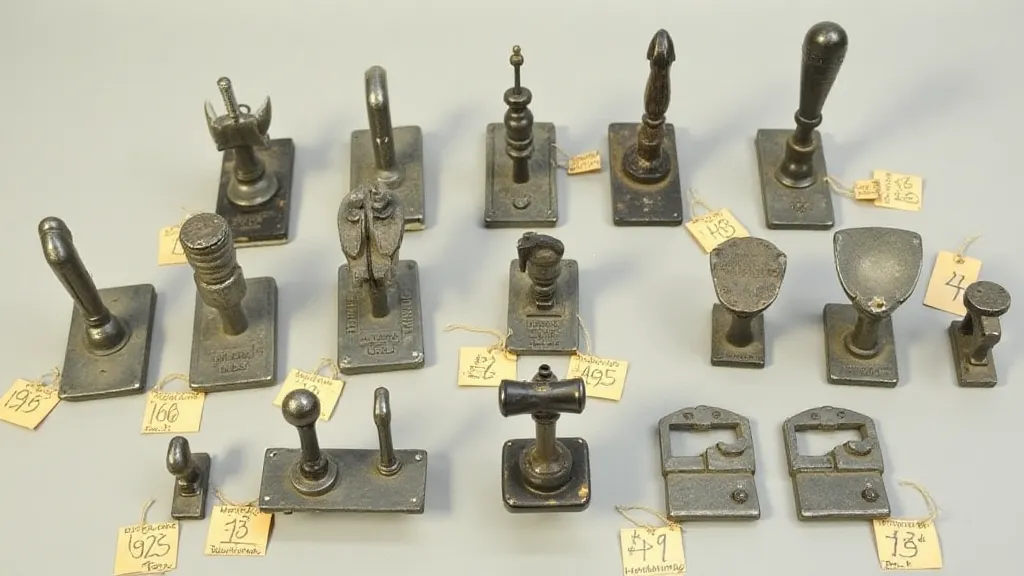
Condition is another important consideration. While a little tarnish is part of the charm, excessive rust or damage can compromise the foot’s suitability for repurposing. Gentle cleaning with a soft cloth and a mild metal polish can often restore the foot’s original luster. However, avoid harsh chemicals or abrasive cleaners, as these can damage the delicate markings and alter the metal's patina. The beauty of these objects lies, in part, in their history – their wear and tear are testaments to a life well-lived, a story etched in metal.
A Note on Ethics and Sustainability
As with any repurposing project, it's important to consider the ethical implications. While antique sewing machine feet are generally plentiful, it’s worthwhile to source them responsibly. Support antique dealers and estate sales that prioritize sustainability and fair pricing. Respect the history of these objects and handle them with care. Remember that you are not just repurposing a tool; you are continuing a legacy of creativity and craftsmanship.
Finding Inspiration: Beyond the Obvious
The key to successful repurposing lies in embracing experimentation and letting your imagination run wild. Don’t be afraid to break the rules and try unconventional techniques. Consider the foot’s original function as a starting point, but then challenge yourself to imagine its potential in a completely different context. Think about texture, form, and the way the light interacts with the metal.
I often find inspiration by simply handling the feet, letting my fingers trace the contours and feel the weight of the metal. Sometimes, the most unexpected ideas emerge from the quiet contemplation of these small, forgotten objects. They are a window into a past era, and a portal to a future filled with endless creative possibilities. And holding one, feeling its weight, and imagining its new life, is a profoundly satisfying experience.
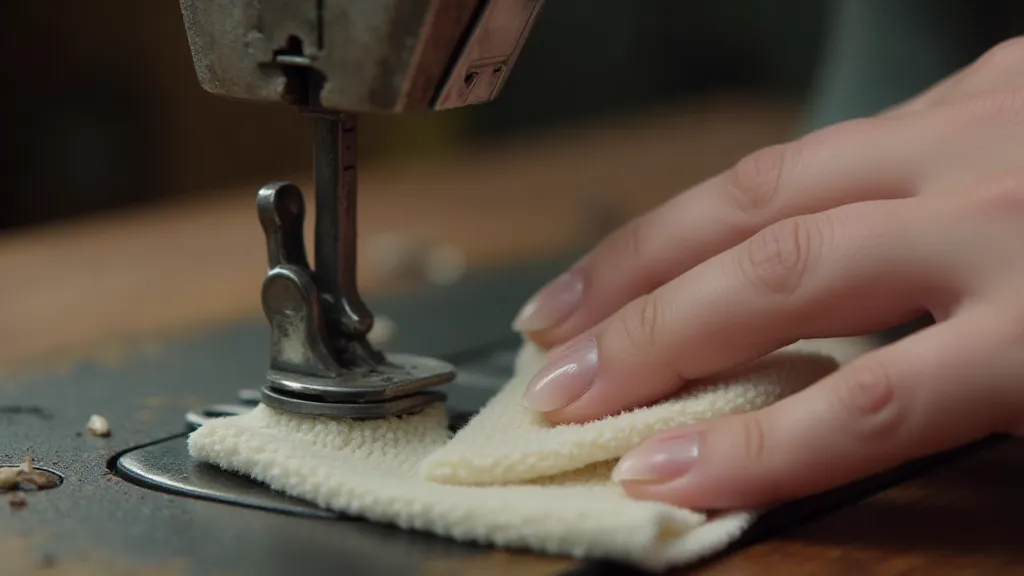
Repurposing vintage sewing machine feet isn't just about crafting; it's about connecting with history, embracing sustainability, and finding beauty in the unexpected. It’s about giving a second life to objects that deserve to be cherished, transforming them into unique and meaningful works of art. It’s an alchemical journey, transforming the mundane into the magnificent, one foot at a time.
